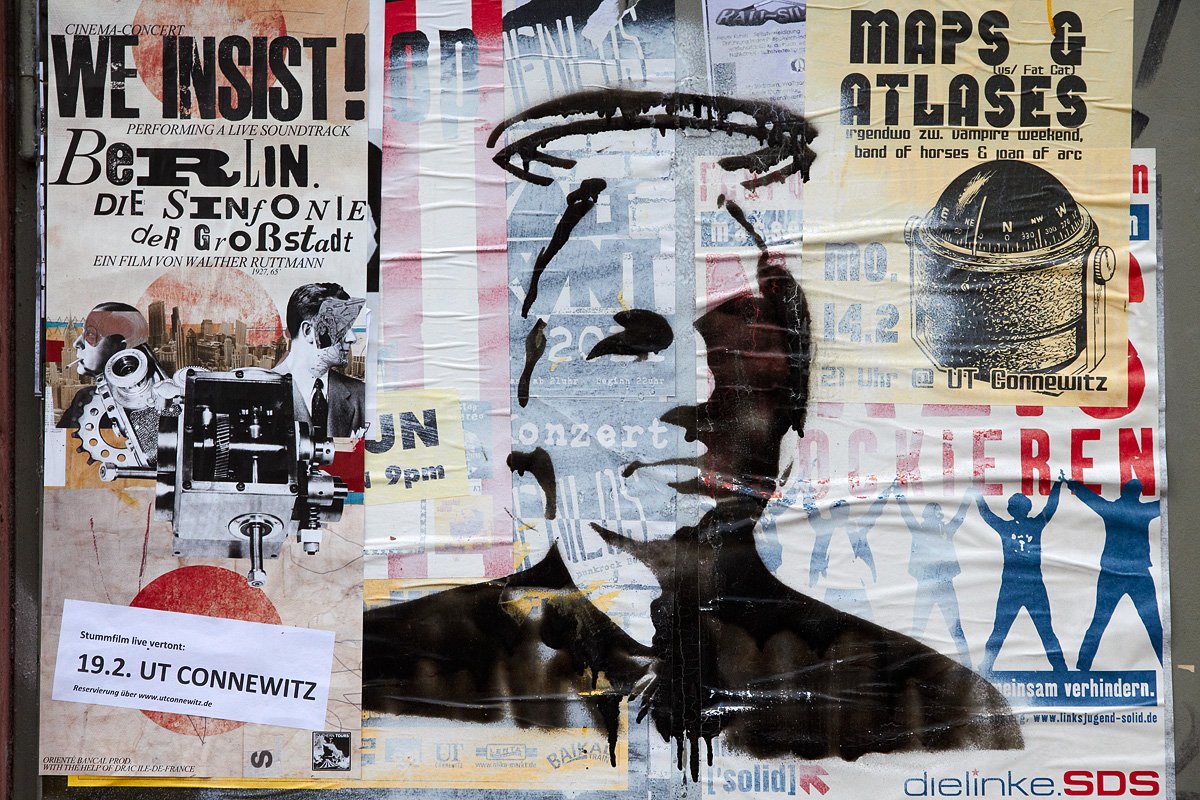Collateral Art: Andrei Molodkin threatens to destroy Rembrandt piece if Julian Assange dies in custody
Photo Courtesy: Herder3 via Wikimedia Commons
“Molodkin, as far as I’m aware, is not necessarily the most subtle of actors” - Pierre d’Alancaise, art critic.
Conceptual artist Andrei Molodkin has hired “professional hostage negotiators” this month in order to contact the US President, informing Biden of his plans to dissolve $45m worth of art in acid should Julian Assange die in custody.
The Russian dissident artist spent the past year building his hostage collection, through donations from various artists and curators. According to Molodkin, the pieces - by artists including Rembrandt, Picasso and Andy Warhol - are currently held in plywood crates hidden inside a 29-tonne Swiss safe at the artist’s studio. Alongside the pieces are two barrels of acid, an accelerator and a pneumatic pump - a device which would create a chemical reaction strong enough to turn the art to white powder in just two hours. His message to the US President and Secretary of state is clear: “I do not want this and you possess the power to prevent it.”
Last month, a UK court addressed Wikileaks founder Julian Assange and his appeal against extradition to the US. Assange faces trial under the 1917 espionage act for his publication of documents detailing US War Crimes in Afghanistan, Iraq and Guantanamo Bay. Previously spending seven years unable to leave his refuge at the Ecuadorian embassy, the whistleblower was forcibly removed and taken to Belmarsh maximum security prison, where he has remained for five years with no conviction of a crime.
On the 20th of February, in the absence of their client who was physically unfit to attend, Assange's lawyers argued the US case was “politically motivated” and cited a report revealing that CIA officials under previous US president Donald Trump had requested “detailed options” for his assassination. Many argue that Assange cannot be guaranteed either safety or a fair trial in the US, however Judges Victoria Sharp and Jeremy Johnson are currently withholding their ruling from the public.
The president is also yet to respond to the artist's threats, but Molodkin is undeterred. He describes the piece, ‘dead man’s switch’, as a “collaboration” between himself and those with the power to decide its outcome. The title describes exactly what it is: a switch that activates if the human operator - Assange - is incapacitated. Each day begins a 24 hour count, reset only when someone close to Assange confirms the activist’s wellbeing.
After numerous failed appeals, the February hearing is considered the final chance for Assange to block extradition to the US with many now fearing for the whistle-blower. Although the outcome has been withheld, the hearing provided insight into potential futures for the activist. The 52 year old would not be subject to the rumoured 175 year sentence, but would instead face a sentence of 30 to 40 years. This clarification is mostly cosmetic, a hollow victory which, given the activist’s current condition, means Assange would still likely die behind bars. Molodkin is clear that the art is released only if Assange is released as a “free man.”
What is not clear, however, is the current state of the art itself. Prior to the Assange hearing, press claimed the safe would be sealed on the hearing’s first day, beginning a youtube livestream of its collateral gallery through two video cameras. No such livestream has since materialised and with articles on the missing live stream leading to dead end error pages it is difficult to tell what, if anything, has happened at the artist’s studio.
Andrei Molodkin’s threats enter public awareness within a wash of activists drawn to the spectacle of attacks on art. Most notably, ‘Just Stop Oil’ makes continuous headlines for their attacks on paintings. Historian Julian Stallabras has referred dismissively to the group's actions as a “P.R stunt”, but in our hyperdigital world stunts like these are often the easiest, if not the only, way to cut through the noise. It is possible the words ‘Acid’ and ‘Rembrandt’ would draw more eyes to this article than mention of an extradition hearing.
Moreover, in the same breath Stallabrass condemns Just Stop Oil, he is able to find praise for Molodkin’s work. For artists with little political power, “a response to weakness is to find the most valuable thing at your disposal and leverage that thing.” Rembrandt may have little to do with Julian Assange but, for Molodkin, the violence of his work “is not a provocation, it is just a language.” He continues: “We have war everywhere. There are hostages everywhere. Yet it is more taboo to destroy an artwork than to destroy a human life. In this time of catastrophe, we have to find a language with which to communicate with power structures. And it has to be the same language they use.”

